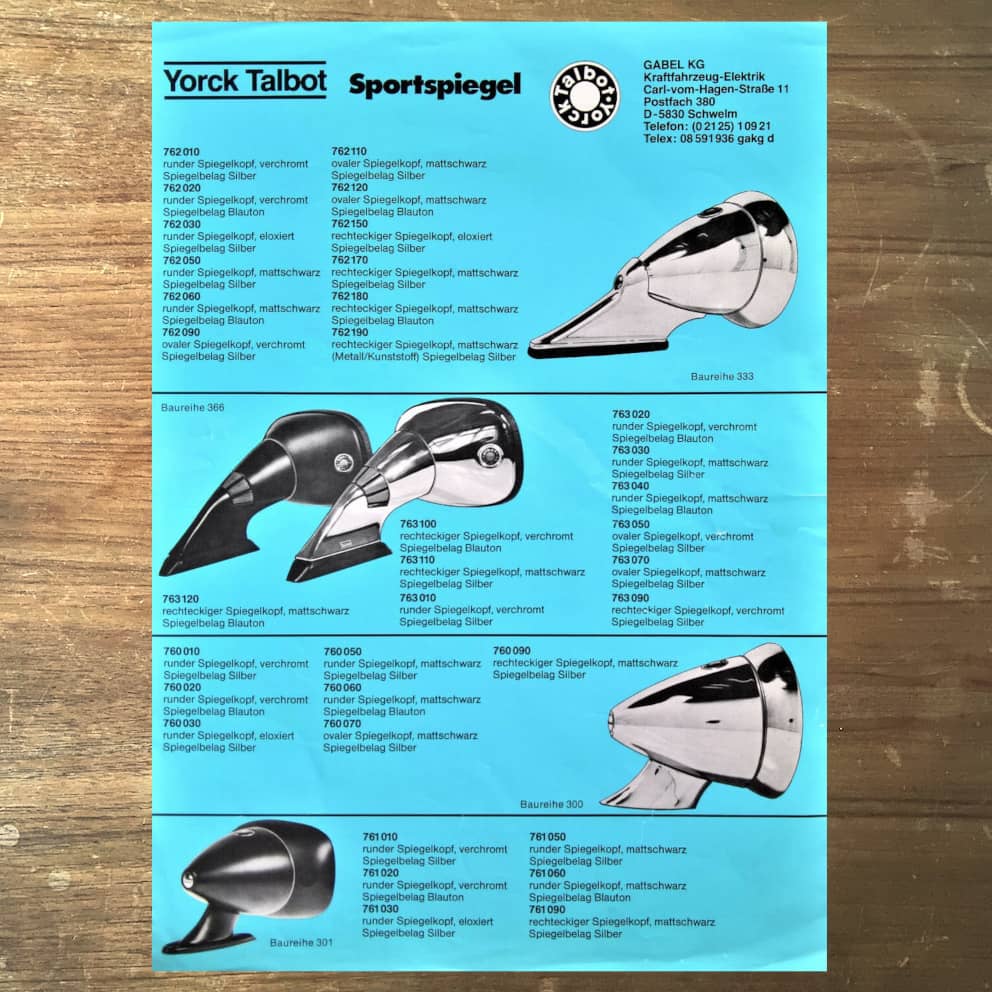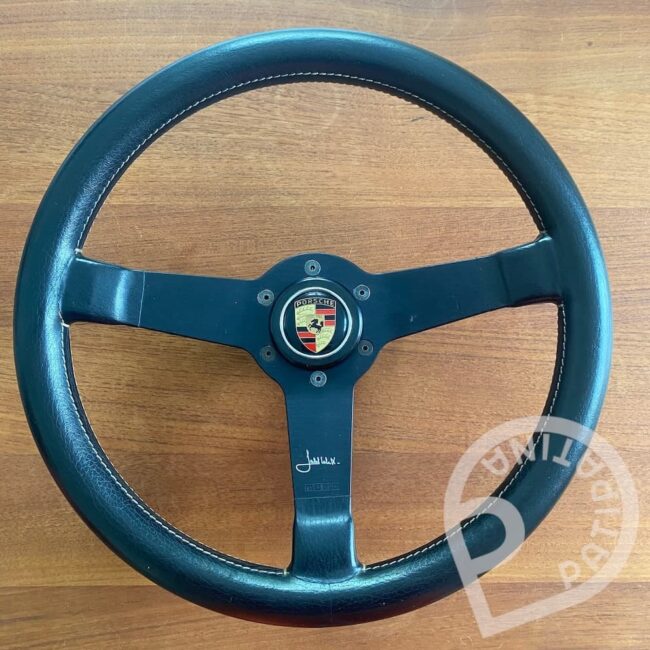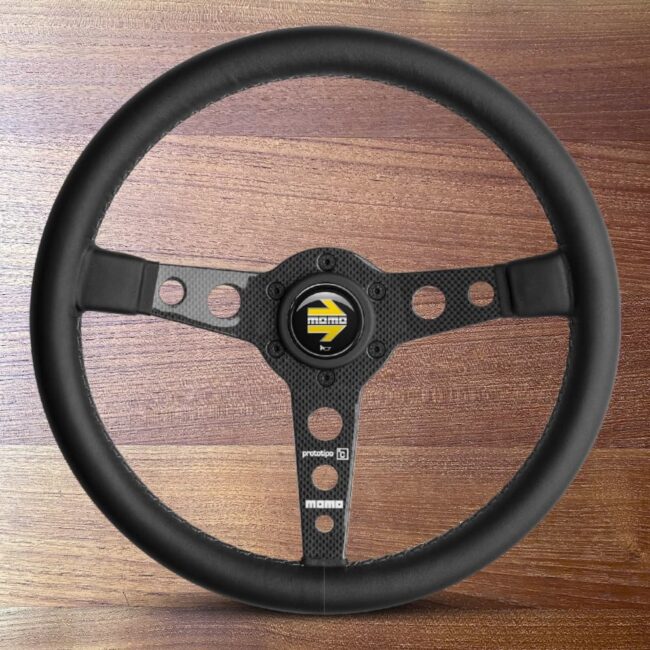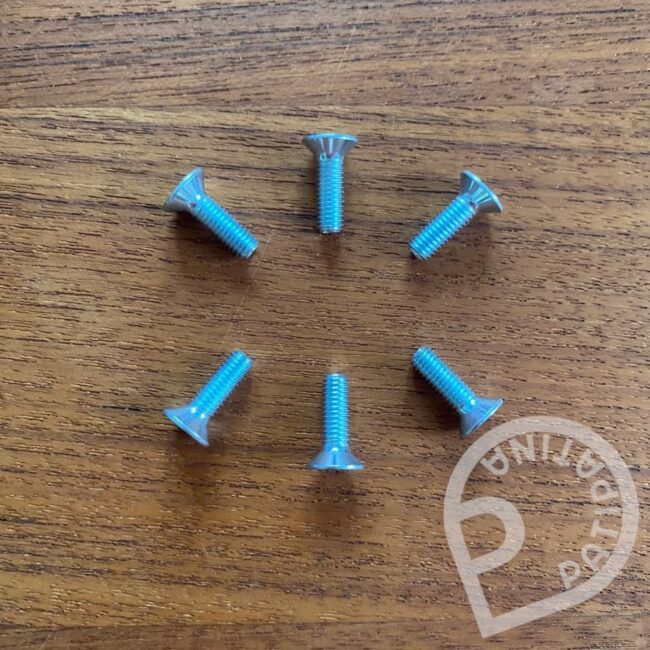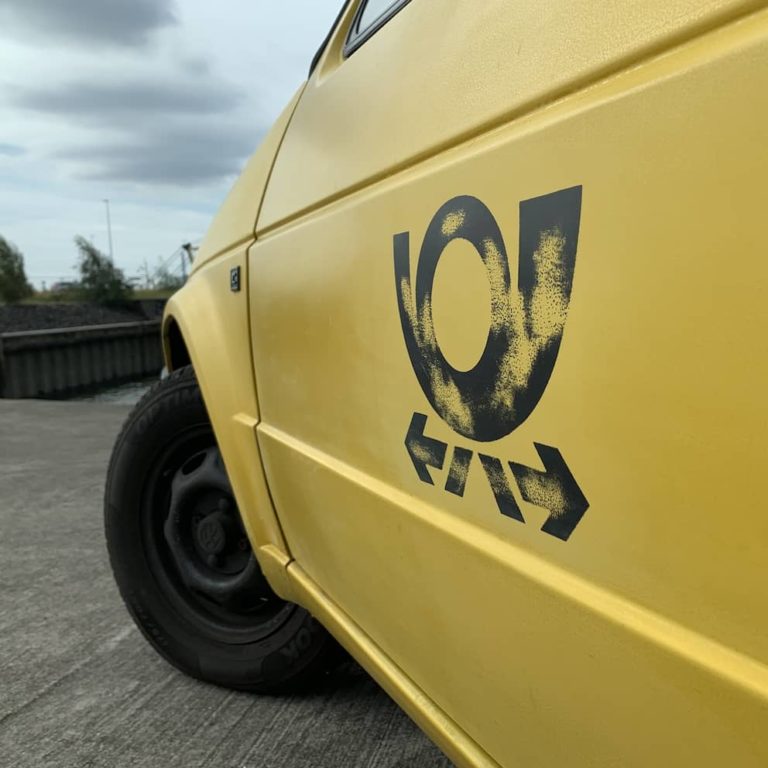The original Talbot Berlin Sports Mirrors
The worlds most successful sports mirror
It may sound odd or strange, but that was the subtitle of the Talbot Berlin ad in the 1970s. Back then it truly was. Even if it was a question of definition as to what counted as a sports mirror and what didn’t. In any case, the sporty shape gave the mirrors that elegance that meant dominance for many decades and across many car brands. Bullet style meant speed, aerodynamics and low drag coefficients, if that played any role in the purchasing decision at the time, as it does now.
As Amazon Associate I earn from qualifying purchases. I may receive a small commission at no additional cost to you for purchases made through links in this post.
But it all started with a different kind of mirror, called the “Gooseneck”. According to the Mercedes parts catalog, die “Gooseneck” mirror was available as optional equipment for the Mercedes SL 300 coupe. Due to the nature of a gooseneck style mirror, there were a lot of problems during transport, mirrors got damaged or stolen. That’s why the mirror was installed at its ultimate destination and after consulting the new owner regarding its location or position. In 1956, a new law took effect in Germany that all cars have to have an inside and outside mirror (when leaving the factory). At this time, Talbot and Mercedes discussed a new bullet-style mirror design which should also not be so prone to damage.
Breakthrough – Talbot Berlin 300 mirror
Mercedes wanted a mirror for the SL Roadster and Talbot made the design which eventually became the Talbot 300 mirror. It became standard equipment with the SL roadster, mounted on the drivers side fender. The design was an instant hit. And with the first delivery, a large number of car manufacturers approached Talbot, they wanted something sporty and therefore wanted this mirror for their vehicles. Porsche, BMW, Jaguar, to name a few.
There’s no proof, but it seems most likely that Talbot named his mirror “Talbot 300” because it was first used on the Mercedes SL 300 Roadster.

Different styles of the Talbot 300 mirror
The Talbot 300 came in a variety of styles. First off, the Talbot 300 round mirror came in two sizes. The bigger one, called the “Senior” had a mirror diameter of 100mm and is the most common size. All Talbot 300 mirrors pictured in this article are Senior size mirrors. Then there was a smaller one, called the “Junior”, which had a mirror diameter of 90mm and the overall shape of the mirror housing was more pointed. It was available in chrome finish, anodized finish and matte-black with different mirror glass styles, convex or flat and with a blueish kind of finish which to this day is the most desired.
During the long production run, Talbot Berlin manufactured a number of mirrors for a number of car manufacturers, be it as standard or optional equipment. Most of these other mirrors were based on the original design. Shortly after the first introduction, a rather oval glass (Talboval) and rather square mirror glass (aka Talbosquare) design has been added to the line-up as well as different bracket designs in order to fit the mounting points and/or respective car designs.
Porsche Talbot Berlin mirrors
Immediately after the introduction of the Talbot 300 mirror with the Mercedes SL 300 Roadster, many Porsche 356 owners bought the very sporty Talbot 300 mirror and mounted it on their cars. So it wasn’t long before Porsche, one of the best-known and most popular sports car manufacturers, also had the mirror in its options and parts catalogue.
In the pre-1970 catalog, the option was called 9131 for the Talbot sports outside mirror, left and 9132 for the Talbot sports outside mirror, right, respectively. Back then these option codes were valid for a number of cars including the 356, 550, 904, 911 and 912. Back in the mid 1960s, a Talbot 300 mirror retailed for 21,50 Deutsch Marks or around $5.45. Porsche charged twice as much for the Talbot mirror as an option instead of the Durant mirror.

Second generation logo style Talbot Berlin 300 mirror

Third generation logo style Talbot Berlin 300 mirror
A mirrored excursion into history
Some will ask, how does one come up with the idea of making mirrors? Well, Yorck Talbot, founder of Talbot & Co – Berlin, had a great affinity for cars, that’s one point. But, and now it gets really interesting, his ancestor was none other than Henry Talbot. A well-known English gentlemen scientist, inventor and photography pioneer who invented the negative-to-positive photographic process, the calotype processes, precursors to photographic processes of the later 19th and 20th centuries, also called talbotype. And as we all know, photography has a lot to do with mirrors. Just a small side note.
Not so many questions I get about Talbot mirrors revolve around this questions, most messages I get are about the different logo designs and which style is the oldest or period correct for a specific car. To my surprise, a rumor that has persisted for a long time relates to the “W. Berlin” term and that it has something to do with the reunification of Germany. Little anecdote for those who didn’t pay attention in school. German reunification took place in 1990, by which time there had been no more Talbot mirrors for almost two decades. The order of the Talbot mirror logo designs is related to the history, to the history of the company, but also to German history. But in a different way, before reunification came the division of Germany. But like I said, first things first.

First generation logo design

Second generation logo design
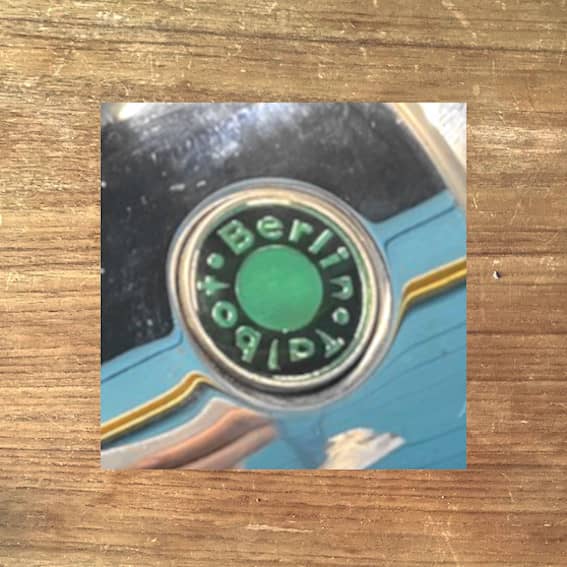
Third generation logo design

Fourth generation logo design
1. TALBOT & CO – BERLIN
The very first mirrors that Yorck Talbot, founder of the company, made in his backyard workshop of the house at Ebersstraße 80, in Berlin’s Schöneberg district, bore the “TALBOT & CO – BERLIN” logo on top of the mirror case. That was a long time before Talbot developed the Talbot 300 mirror, the “Gooseneck” and some others, interior mirrors included. Anyway, the logo design consisted of all capital letters, arranged in a circle. The O of Co however was slightly smaller and underlined.
2. Talbot + Co, W. Berlin
Now we come to German history. When East Germany built the Berlin Wall in 1961, many West Germans, including West Berliners, wanted to make it clear which part of Germany or Berlin they and their products came from. This was the actual reason why Yorck Talbot slightly changed his company’s logo and inserted the W for West (Berlin). Instead of the “&” he chose a “+”, whether coincidence or whether there is an exact background is not known. And from then on he used lower and upper case letters for his logo. In addition to the name of his company and the location, a designed sign was added for the first time, which turned the whole thing into a real logo. A large and prominent T in the center of the letter circle.
3. Talbot Berlin (green dot)
It was only then, in 1971, that Yorck Talbot decided to add a real signet, something by which his products could be immediately and unmistakably identified. The sign most people know: the green dot. And in green letters, arranged around the green dot, the words: Talbot Berlin. This was the last stage of evolution during Yorck Talbot’s ownership. But there is more.
4. Yorck Talbot
At the end of 1979, Yorck Talbot sold the rights to the production of his sports mirrors to a company in West Germany, the company Gabel KG in the city of Schwelm, for reasons of age. One of the conditions for the continuation of the business was the use of a slightly different logo. In this way, Yorck Talbot wanted to be sure that customers could recognize that the products were from his pen, but that it was also clear that the previous products were no longer manufactured in this way. Berlin was no longer the company location, but the design lived on and products that Yorck Talbot had developed and patented were continued, like the mirror with integrated turn signal he filed for patent in 1977. From then on they bore his full name, arranged around the well-known green dot: Yorck Talbot. However, the company ran into financial difficulties and gradually discontinued many of its products, including the Talbot mirror, probably in 1982. Shortly thereafter, they filed for bankruptcy.
At some point, Günther Heisele, a former pilot of German origin and California resident purchased the rights and continued production of mirrors, parts and brackets in different styles. Haven’t seen a mirror from his production personally, the images however look really good. Only thing I’ve heard is that there is often a confusion regarding the different brackets he makes. He is 66 years old at the time of writing, though, emails remain unanswered.

